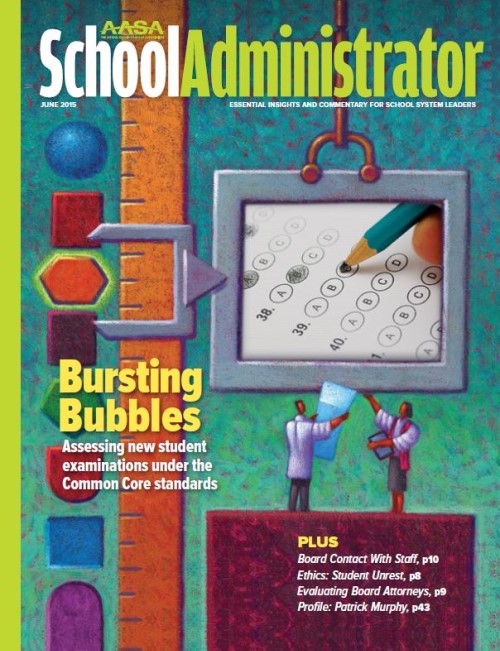December 2018: School Administrator
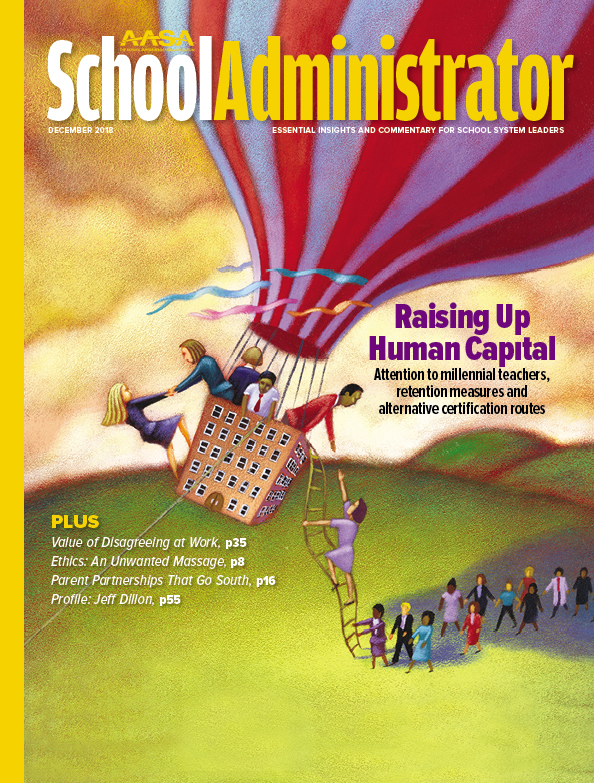
Human Capital and Leadership Development
This issue focuses on how good human capital management elevates the hard work of teachers and other staff.
Advertisement
Additional Articles
-
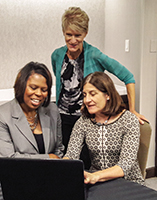 Alternate Routes to Teaching
Alternate Routes to TeachingOne way school districts are filling their needs — and diversifying the teacher workforce — is through alternative certification programs.
-
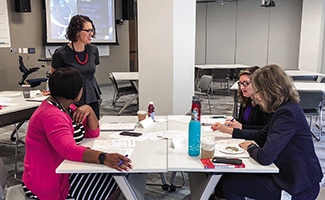 The Value of Disagreeing at Work
The Value of Disagreeing at WorkDisagreements are an inevitable, normal and healthy part of relating to other people, and yet at work, we often go to great lengths to avoid conflict. We want to work in a school system where people are polite, considerate and kind. But it’s possible to be too nice, failing to surface new ideas or innovations or to speak up when we should.
-
 Employee Engagement in the Workplace
Employee Engagement in the WorkplaceSchool leaders can influence the culture by how they go about recognizing others
-
 Advanced Degrees
Advanced DegreesPercentages of superintendents today with doctoral degrees, master’s and others.
-
 Mr. M's Shoulder Massage
Mr. M's Shoulder MassageA high school senior shares with her counselor her discomfort over a shoulder rub by her math teacher but does not want it reported. How should educators proceed?
-
 Restricting Visitors From School Property
Restricting Visitors From School PropertyWhat authority do education leaders carry to ban individuals from accessing schools?
-
Community Conversations for Your Board
Securing public buy-in for the board’s proposal may require guidance from the CEO on attracting the ears of stakeholders.
-
The Point of High School Athletics
TWO YEARS AGO, I left a high school stadium having watched a dramatic state semifinal shootout involving our Novi High School girls’ soccer team. We lost. Our girls were heartbroken.
-
An Abrupt Lesson About Expectations and Performance
“WHAT EXACTLY DO you want your students to achieve this year and what plans do you have to accomplish it?”
-
When Parent Relationships Go South
Our job is to support kids and their families, and although sometimes those relationships are hard to maintain, it’s always worth it for our students.
-
.png?sfvrsn=2c854cfb_9) Growing Effective Leaders
Growing Effective LeadersAS EDUCATORS, we are in the people-development business — our work involves developing young children into educated, self-reliant and productive young adults.
-
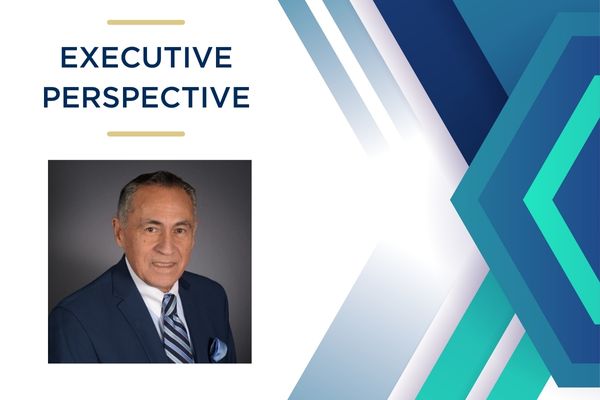 Our Campaign To Show How Leaders Matter
Our Campaign To Show How Leaders MatterThe association’s coordinated effort to share the impact of superintendents on the public good.
-
 Inside AASA Women's Stories on Navigating the Superintendency
Inside AASA Women's Stories on Navigating the SuperintendencyWOMEN COMPRISE MORE THAN 70 percent of the K-12 education workforce, but relatively few occupy the top leadership position in public school systems.
-
Alternative Routes Deliver 20 Percent of Our Hires
One thing the public education system in Texas does really well is providing multiple avenues for individuals with and without traditional academic degrees to become certified teachers. It’s something we’ve been doing since the 1990s.
-
 Prepping Site Administrators on Proper Use
Prepping Site Administrators on Proper UseDecentralize social media so school-based staff are sharing relevant content. But they will need central-office guidance in four areas to proceed safely.
Staff
Editor's Note
IT WOULDN’T SURPRISE anyone who follows elementary and
secondary education that our magazine’s gaze on human capital management
this month would lead us principally to address the persistent need to
land quality teachers.
Emily Douglas-McNab and two colleagues from the consulting firm Battelle
for Kids provide an opening framework for our attention with their
piece “Beyond Human Resources." You’ll also read about the distinctive expectations of the youngest generation to populate the teaching ranks in “‘Missing’ Millennials and the Great Workforce Divide."
A couple of administrators in Illinois’ Kildeer district describe in “Hired to Retired”
how they’ve sharpened teacher induction in a way that is influencing
their staying power. School districts’ increasing use of alternative
certification routes is the focus of writing by Judy Corcillo and Richard Valenta.
I’ll also call attention to an article by Amy Gallo, someone whose work on organizational management shows up in Harvard Business Review,
on the value of productive disagreements in the workplace. In the
newspaper field of yesteryear, we used to call it “creative tension.”
Lots of substance to consider. Please let me know what you think.
Advertisement
Advertisement





